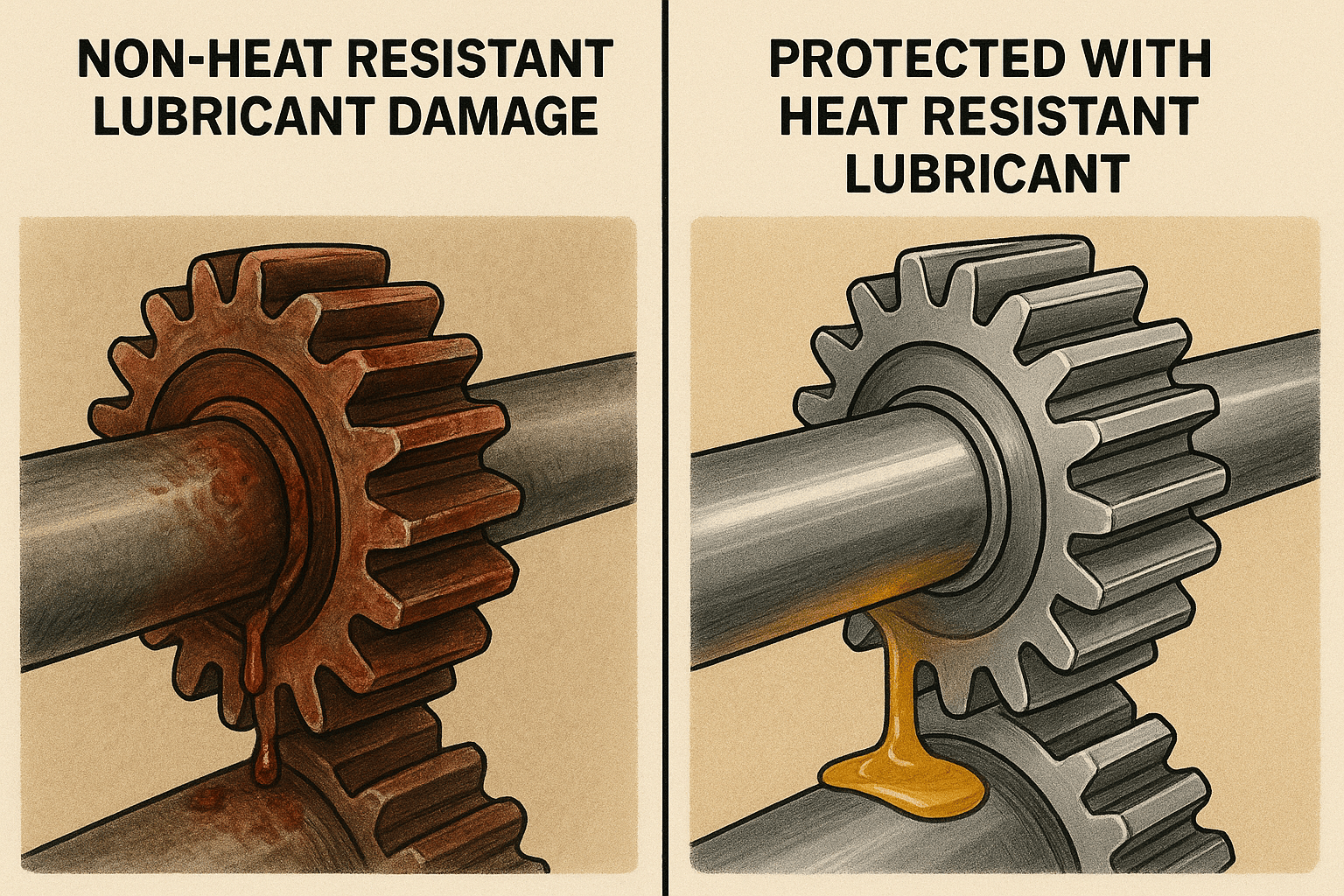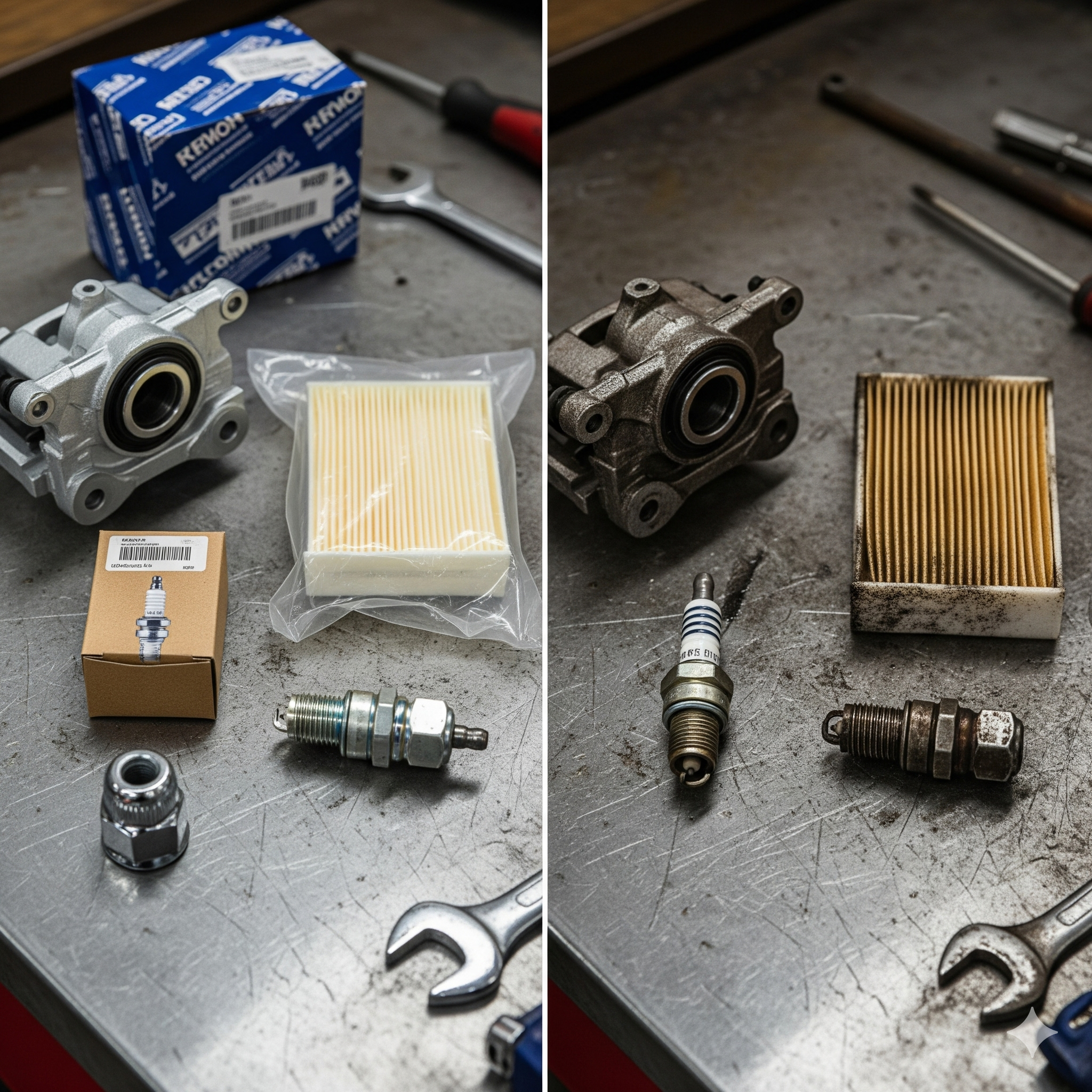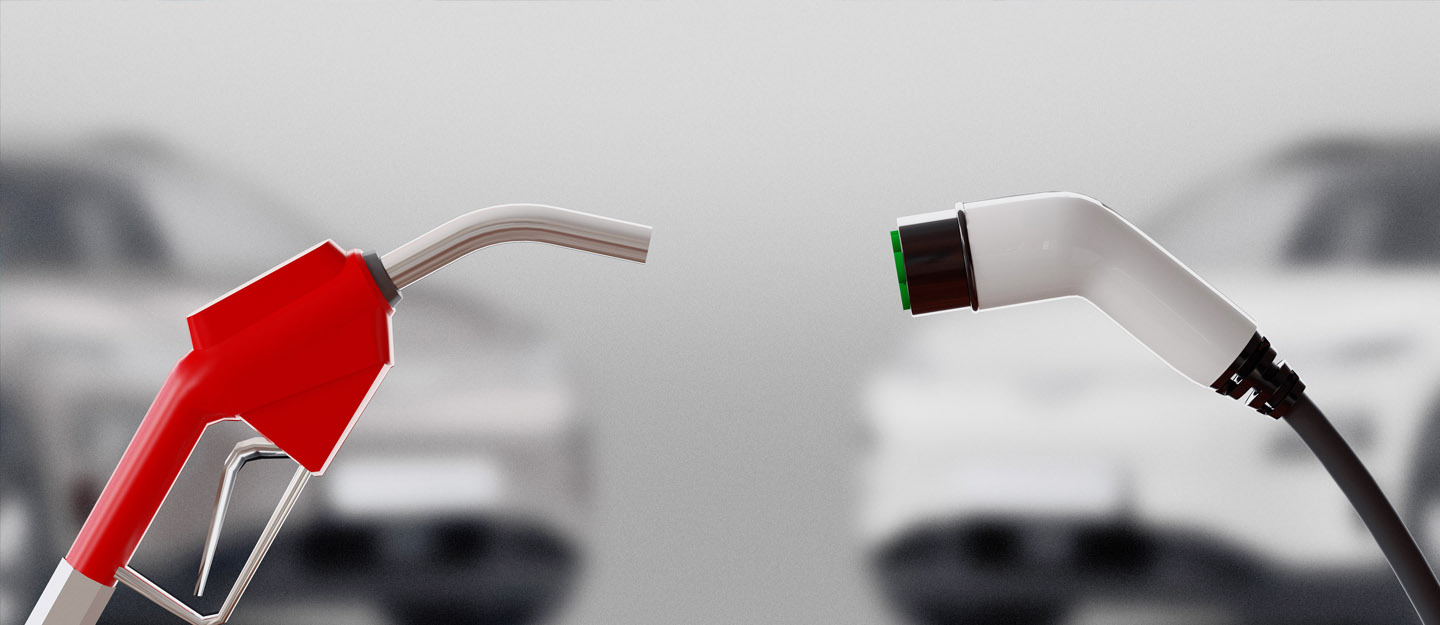The Latest in the EV Space: Innovations and Challenges in Spare Parts
The electric vehicle (EV) industry is experiencing rapid advancements, particularly in the realm of spare parts and maintenance.
Post by: Sawiva | 2025-01-18 07:45:29

Introduction
The electric vehicle (EV) industry is evolving at a breakneck pace, with advancements in battery technology, autonomous driving, and charging infrastructure dominating headlines. However, one critical aspect that often flies under the radar is the world of EV spare parts. As the global EV fleet grows, so does the need for a robust, sustainable, and efficient spare parts ecosystem. In this blog, we’ll dive into the latest developments, challenges, and innovations in the EV spare parts space.
1. The Rise of Modular EV Designs
One of the most exciting trends in the EV space is the shift toward modular vehicle designs. Companies like Tesla, Rivian, and traditional automakers like Volkswagen are embracing modular platforms that simplify manufacturing and repair processes. These designs allow for easier replacement of parts, reducing downtime and costs for consumers. For example, Tesla’s structural battery pack design integrates the battery into the vehicle’s chassis, making it easier to replace individual modules rather than the entire pack.
Why It Matters: Modular designs not only streamline production but also make repairs more cost-effective and sustainable by minimizing waste.
2. The Spare Parts Supply Chain Challenge
As EV adoption accelerates, the spare parts supply chain is facing growing pains. Unlike traditional internal combustion engine (ICE) vehicles, EVs rely on specialized components like electric motors, power electronics, and battery systems. Sourcing these parts can be challenging due to limited suppliers and geopolitical factors affecting raw material availability (e.g., lithium, cobalt, and rare earth metals).
Recent Developments:
-
Localized Manufacturing: Companies are setting up regional manufacturing hubs to reduce dependency on global supply chains. For instance, Tesla is expanding its Gigafactories to produce batteries and spare parts closer to key markets.
-
3D Printing: Some manufacturers are exploring 3D printing for on-demand spare parts production, reducing lead times and inventory costs.
3. Battery Recycling and Second-Life Solutions
Batteries are the heart of an EV, and their longevity is a major concern for consumers and manufacturers alike. The industry is making strides in battery recycling and second-life applications, which are becoming a key part of the spare parts ecosystem.
What’s New:
-
Closed-Loop Recycling: Companies like Redwood Materials and Li-Cycle are pioneering closed-loop recycling systems, where old EV batteries are broken down to recover valuable materials like lithium, nickel, and cobalt. These materials are then reused to produce new batteries or spare parts.
-
Second-Life Batteries: Used EV batteries that no longer meet performance standards for vehicles are being repurposed for stationary energy storage systems, extending their useful life and reducing waste.
4. The Aftermarket Boom
The EV aftermarket is heating up as third-party manufacturers and startups enter the spare parts space. From replacement batteries to custom software upgrades, the aftermarket is offering consumers more options and competitive pricing.
Trends to Watch:
-
Standardization: As EVs become more mainstream, there’s a push for standardized components to make aftermarket parts more accessible and affordable.
-
Software-Defined Parts: With EVs increasingly relying on software, over-the-air (OTA) updates are becoming a key part of maintenance and repair. Companies are developing software solutions to optimize performance and extend the life of hardware components.
5. Sustainability in Spare Parts Production
Sustainability is a core focus for the EV industry, and spare parts are no exception. Manufacturers are exploring eco-friendly materials and processes to reduce the environmental impact of spare parts production.
Innovations to Note:
-
Biodegradable Materials: Researchers are experimenting with biodegradable composites for non-critical components like interior trim and casings.
-
Circular Economy Models: Companies are adopting circular economy principles, where spare parts are designed for reuse, remanufacturing, or recycling at the end of their life cycle.
6. Regulatory and Consumer Push for Right-to-Repair
The right-to-repair movement is gaining momentum in the EV space. Consumers and regulators are pushing for greater access to spare parts, repair manuals, and diagnostic tools to reduce dependency on manufacturers and lower repair costs.
Recent Updates:
-
Legislation: The European Union and several U.S. states are introducing right-to-repair laws that require automakers to provide access to spare parts and repair information.
-
Industry Response: Some manufacturers are embracing the trend by offering DIY repair kits and partnering with independent repair shops.
Conclusion
The EV spare parts industry is at a crossroads, balancing rapid innovation with the need for sustainability, accessibility, and affordability. As the global EV fleet continues to grow, the spare parts ecosystem will play a crucial role in ensuring the long-term viability and success of electric mobility. From modular designs and battery recycling to the rise of the aftermarket, the future of EV spare parts is bright—and full of opportunities for innovation.
Stay tuned as we continue to track the latest developments in this dynamic space. Whether you’re an EV owner, enthusiast, or industry professional, understanding the evolving landscape of spare parts is key to staying ahead in the electric revolution.


